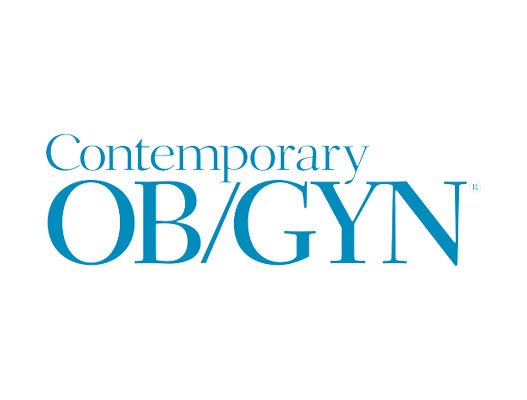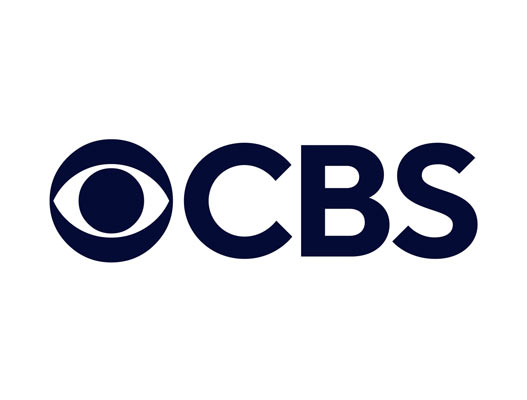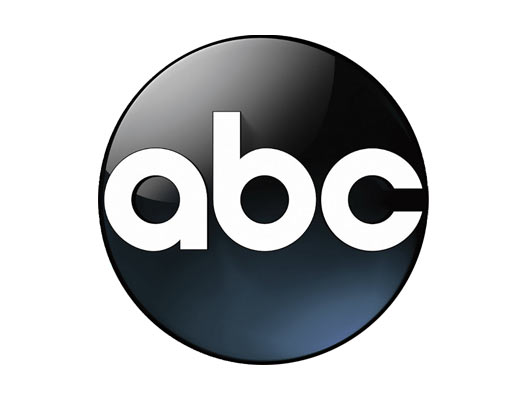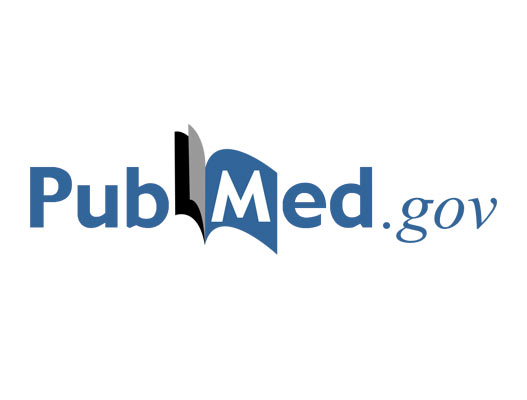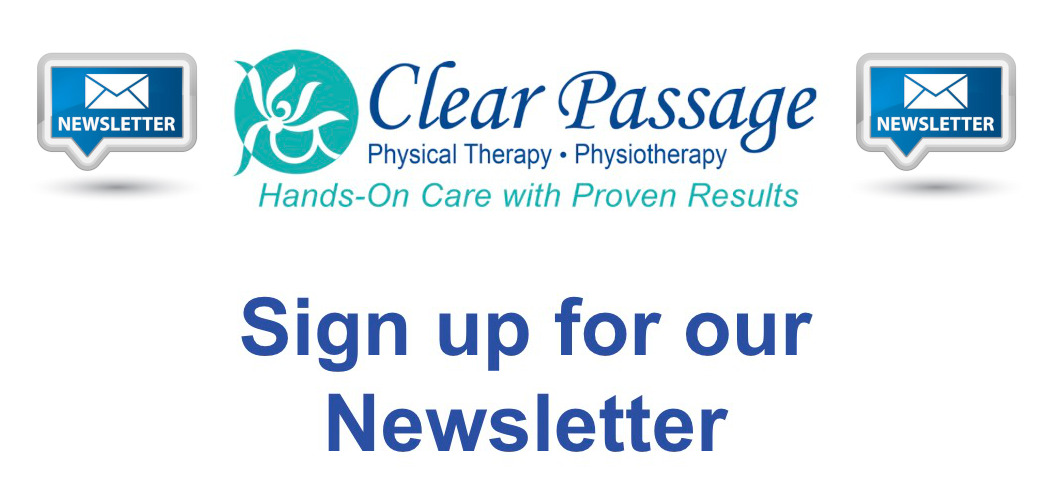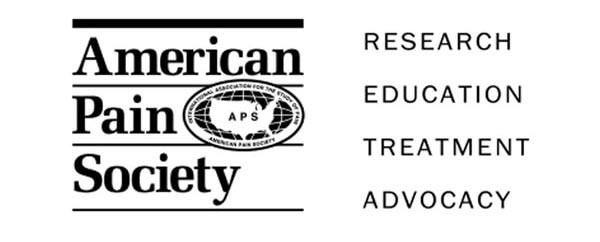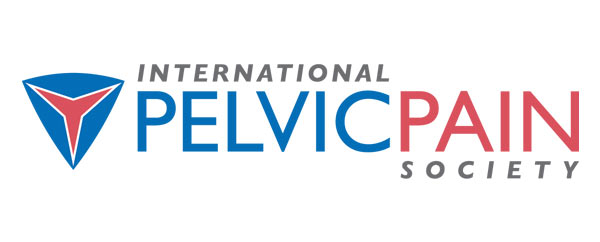We Treat TMD/TMJ Pain Naturally
We find that chronic TMD generally stems from ‘mechanical’ factors involving structures lower down the body – areas often overlooked or not fully treated by others. The jaw or temporomandibular joints (TMJs) can be affected by tightness or asymmetries in the neck, back or even the pelvis. Asymmetry among the bones of the cranium can exacerbate the condition, perpetuating the pain and symptoms (Walczynska-Dragch, 2014). Unless these areas are fully addressed, TMD can recur and become a chronic painful condition.
There is no reason to live with daily pain, locking jaws or nighttime clenching. Manual therapy has been shown to be effective for treating TMD in published studies (Tuncer, 2013; Kalamir, 2010; Cuccia, 2010). Our non-surgical, drug-free physio/physical therapy has decreased or eliminated the mechanical restrictions that pull TM joints out of alignment, and returned patients to a symptom-free life.
Complete our online Request Consultation form to receive a free phone consultation with an expert therapist and learn more.
Causes and Frequency of TMD/TMJ
It is conservatively estimated that over 10 million people in the U.S. suffer from TMD. The condition appears to be more common in women than men. Dr. Harold Gelb, a leading specialist in this area, proposes that TMD is a primary initiating factor in approximately 80 percent of all chronic pain disorders.
TMJ symptoms can include pressure or pain around the eyes, cheeks or face, at the back or base of the skull, the jaw joint(s), upper shoulders or upper neck. They may also include:
- headache or dizziness
- pain or ringing in the ears (tinnitus)
- popping or clicking when opening or closing the mouth
- clenching and grinding the teeth at night or when stressed
- inability to open the mouth fully or having the jaw stuck open (Ohrbach, 2011)
Symptoms may begin after a motor vehicle accident, whiplash or fall, or removal of wisdom teeth or back molars. They have been linked to early thumb sucking, breathing through the mouth (rather than nose breathing) or an overbite.
TMJ pain can be disabling, affecting every aspect of a person’s life. Many people experience chronic pain that originates in and around one or both sides of the jaw. As time goes on, this can become the site of arthritis or other degenerative problems.
Contrary to what many believe, we find that chronic TMJ pain is more often an orthopedic problem, than a problem with the teeth. We find the primary cause of TMD in most of our patients to be myofascial; thus, we view the TMJ in relation to the whole body. It is an extension of the spine, dependent on the symmetry and function of the entire mechanical structure below the jaw. Because it is located at the top of the kinetic chain, the jaw can be significantly affected by musculoskeletal imbalances that occur throughout the body.
Since the head rests at the top of the spine, TMD symptoms are often caused or exacerbated by poor biomechanics in the neck, back or pelvis. Thus, it is sometimes necessary to treat biomechanical and soft tissue dysfunction in or around the sacroiliac joint in the pelvis (Saito, 2009). The sacrum acts somewhat like a universal joint in a car; it is the body’s center of gravity and stability, simultaneously negotiating forces transferred from the legs to the upper body. The joints of the pelvis represent significant structural and functional units during bending, lifting, twisting, walking and other daily activities. We find that proper alignment of the bones of the pelvis is required for symmetrical, pain-free function of the jaw.
In short, if the pelvis, spine or neck are out of alignment, the TM joints have to compensate. TMD pain sufferers are often unable to find relief unless we address the entire support structure.
Treatments
Clear Passage®️ Treatment
Clear Passage®️ therapists have successfully treated severe and recurring TMJ symptoms for over 30 years. We can work independently, or are glad to treat in tandem with physicians and dentists to address the TM joints. We have instructed dentists in manual approaches to treat TMD at annual meetings of the American Academy of Head, Neck, Facial Pain and TMJ Orthopedics.
Many of our patients find that the “missing link” in TMD therapy is our structural, “whole body” approach. We recognize that the alignment of delicate TM joints is dependent on the larger body structures that support it. If the body’s support structures at the pelvis, spine and neck are under stress and misaligned, the TMJ has no choice but to compensate in response. By freeing and aligning the support structures, then working our way up the body and into the jaw, we generally see an excellent resolution of pain and symptoms.
The Clear Passage®️ approach is a protocol of over 200 manual techniques designed to treat the entire body, with a focus on areas of pain and dysfunction. We use a “hands-on” approach to create a stable foundation at the pelvis and lower back, which supports the spine, neck and TM joints. While we may start with an evaluation of the head, neck, and jaw, we often find it beneficial to work up our patients’ bodies, starting at the larger structures of the pelvis. From there, we may work deeply into the lower, then upper back and shoulders – and finally into the neck and jaw. Our goals are to return normal, pain-free range of motion and help patients return to a happy, productive quality of life. We will also teach you self treatment techniques to help you maintain the gains you make with us.
Other Treatment Options (Surgery, Drugs)
Other treatment methods to address TMD and facial pain symptoms include splints and night guards. Dentists may suggest grinding or building up of the vertical dimension of the bite, or even surgery, to obtain the symmetry we generally achieve with our non-invasive therapy. While most agree that surgery is a last resort, some people do not obtain TMJ pain relief or restored function even after one or more surgeries. (Buescher, 2007; Valladares-Neto, 2014). If your dentist has already ground down (equilibrated) some of your teeth, or if you find a sprint helpful to prevent headaches or teeth grinding, we strongly suggest a lower splint rather than an upper splint. We are glad to discuss this and other suggestions during therapy.
Testimonials
To read patient success stories, please visit our Testimonials page.
Related Content:
Chronic Pain
- Back & Hip Pain
- Patient Story: Overcoming Chronic Pain After Multiple Traumas
- Adhesions: The Hidden Cause of Chronic Pain (Infographic)
- Childhood Surgery & Trauma
- Post-surgical Pain and Adhesions
- Anti-Inflammatories and Reducing Inflammation Naturally
- Migraines/Chronic Headaches
- Do I Have Mechanical Migraines?
- Myofascial Pain
- How Does Clear Passage® Therapy Compare to Myofascial Release and Visceral Mobilization?
- Myofascial Pain Syndrome and Fibromyalgia: What Is the Difference?
- Neck Pain
- Pain after Physical or Sexual Abuse
- Pain after Radiation Therapy
- Tailbone (Coccyx) Pain
- Sacroiliac Joint Pain
- TMJ/TMD









